Now I'd like to share strategies for the 4th C, which is the support children need when they are calm and ready to learn: Capacity-building of self-regulation. The 4 C's Framework of Emotional Support
The 4th C: Capacity-Building of Self-Regulation
Many of the developmentally appropriate practices we use in the early childhood classroom help to build children's capacity for self-regulation. Strengthening relationships, teaching self-regulation and social skills, helping children to learn about feelings, and modeling self-regulation skills are ways to provide capacity-building strategies. In addition, sometimes we need to adjust our expectations of individual children's behaviors, accommodating possible developmental delays in executive functioning or self-regulation skills. Sometimes we may also need to adjust the environment, providing supports that make it more likely that children can navigate challenging situations. We do this when we ensure our environments are developmentally appropriate for all our children. It's helpful to include: predictable schedules with adequate warnings before transitions; a self-regulation or calming space where children can go to settle themselves down; and a variety of soothing sensory activities (5). Let's look more closely at seven strategies for building children's capacity for self-regulation. 1. CONNECT
2. TEACH Self-Regulation Skills
Just as with other concepts and skills, we can scaffold our instruction of self-regulation and social skills. We can be specific on what it means to take turns or which words to use in which situation. We can coach the children (include all those involved in the situation), walking them through the behaviors you are teaching. Later, we can provide prompts or visual cues to remind them of the expectations and provide encouragement for their efforts. Of course, they'll also need lots of practice! 3. MODEL Appropriate Behavior
4. Provide STRUCTURE and Predictability
Children who are delayed in the skill of flexibility likewise need our support to accommodate their needs. These children need extra warnings before transitions that help them plan for the next activity, especially when transitioning from something fun to something that's not so fun. When we break the tasks down into smaller steps, we can help children get successfully through the change in activities. Here's an example:
5. Play GAMES that Help Children To Stop and Think
6. Adjust your E's- Your EXPECTATIONS and the ENVIRONMENT
So we must accommodate these children's developmental delays in self-regulation. We may need to adjust our expectations of these children's ability to follow directions, take turns, stay on task, and other self-regulation skills. As an example, perhaps they can leave circle time sooner, or at least take a break or have a fidget toy or wiggle cushion to help them move while listening. Secondly, sometimes we need to adjust the environment. Children with sensory processing problems often become overwhelmed by sensory input, that is, by the sounds, lights, smell, and touches they experience in the environment. So we may need to accommodate these hypersensitive children by adjusting the sound and light level, providing more comforting, enclosed spaces and including a greater variety of sensory activities and materials in our classrooms. Using visual cues such as picture schedules may also be helpful. (See resource 7 for examples.) 7. Help Children REFLECT on their Feelings and Learn to CALM Themselves
There are many books that help children reflect on their feelings and the feelings of others. Be sure to check out our own eepworm books and toys! When reading with children, talk about the emotions the characters experience and how to recognize them. As mentioned before, we can teach children calming techniques such as deep breathing and other mindfulness practices to help children learn to calm themselves. We can also provide a self-regulation center or calming space so children can practice these techniques when they get upset. This is good for all children, not just the ones who have difficulty with self-regulation. (See our blog posts on mindfulness and resource 7 for activities for children.) I hope you've gained some strategies that help you build children's capacity for self-regulation. Let me know which ones work best for you. Any additional tips are welcome as well - we can all learn from one another! References & Resources
0 Comments
Your comment will be posted after it is approved.
Leave a Reply. |
AuthorI'm Diane Goyette, a Child Development Specialist, Trainer, Consultant and Keynote Speaker. I'm excited to share my blog! Archives
August 2023
Categories
All
|
|
Ways to Contact Us:
Schedule an Appointment |
|
Follow earlychildhoodspecialties for encouragement, teaching tips and more!
|
Follow eepworm for child-friendly posts!
|
© 2013-2024 Early Childhood Specialties LLC. All rights reserved.


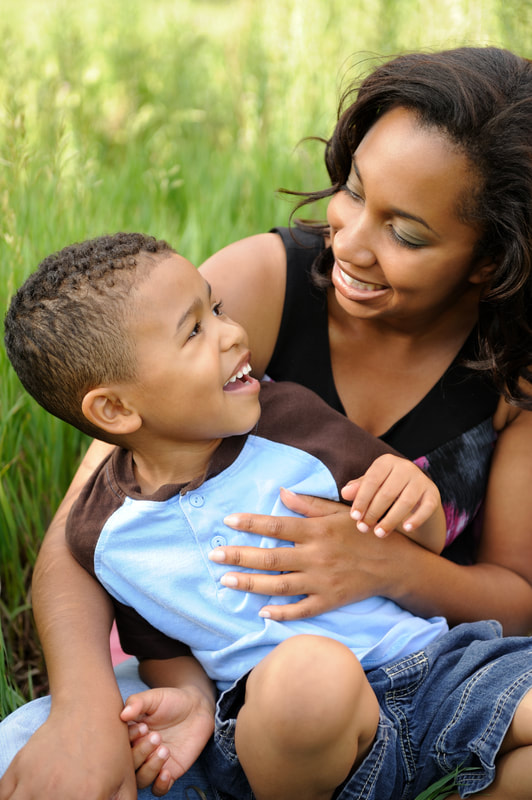
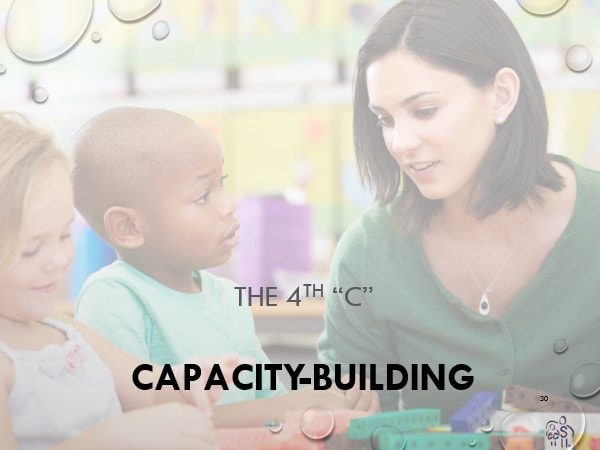
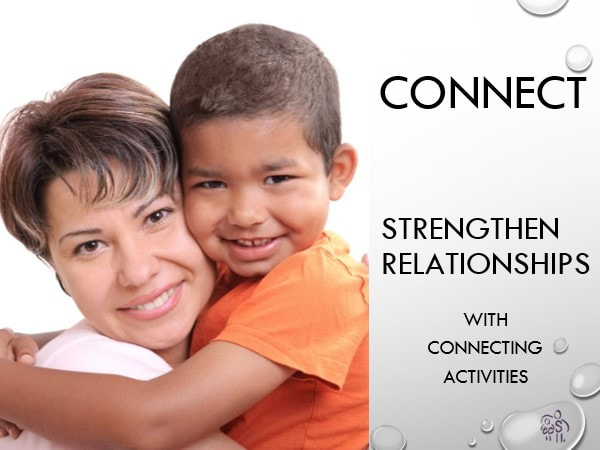
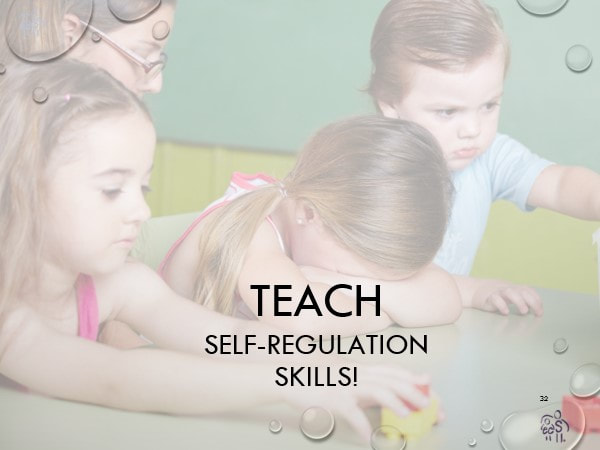
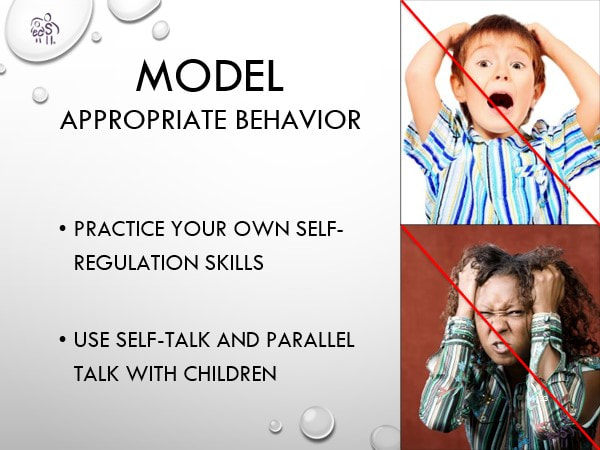
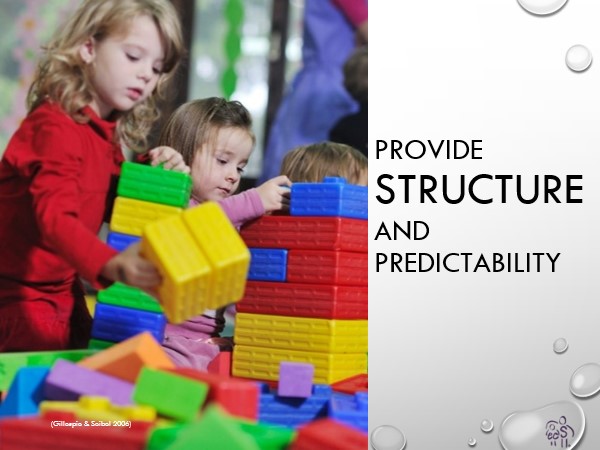
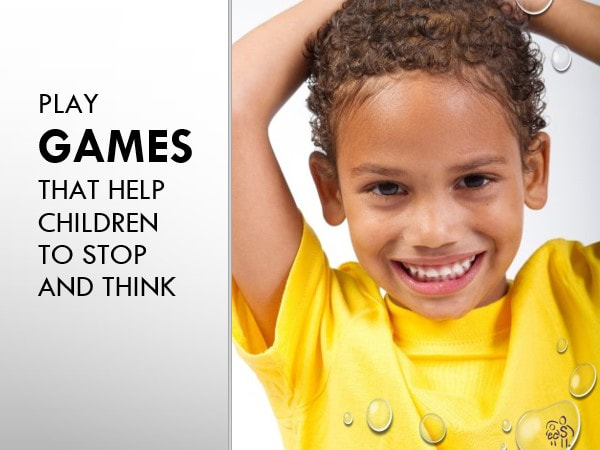
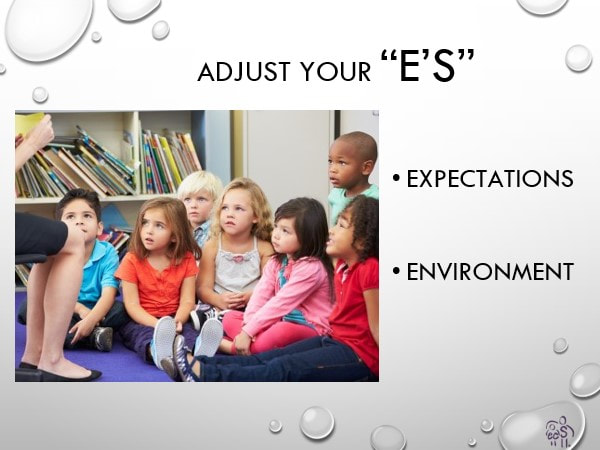
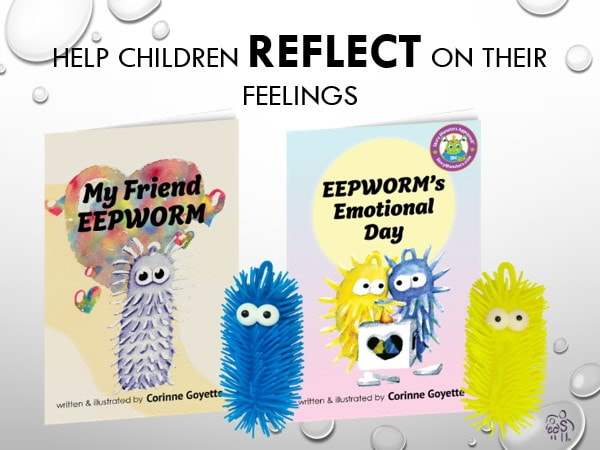
 RSS Feed
RSS Feed